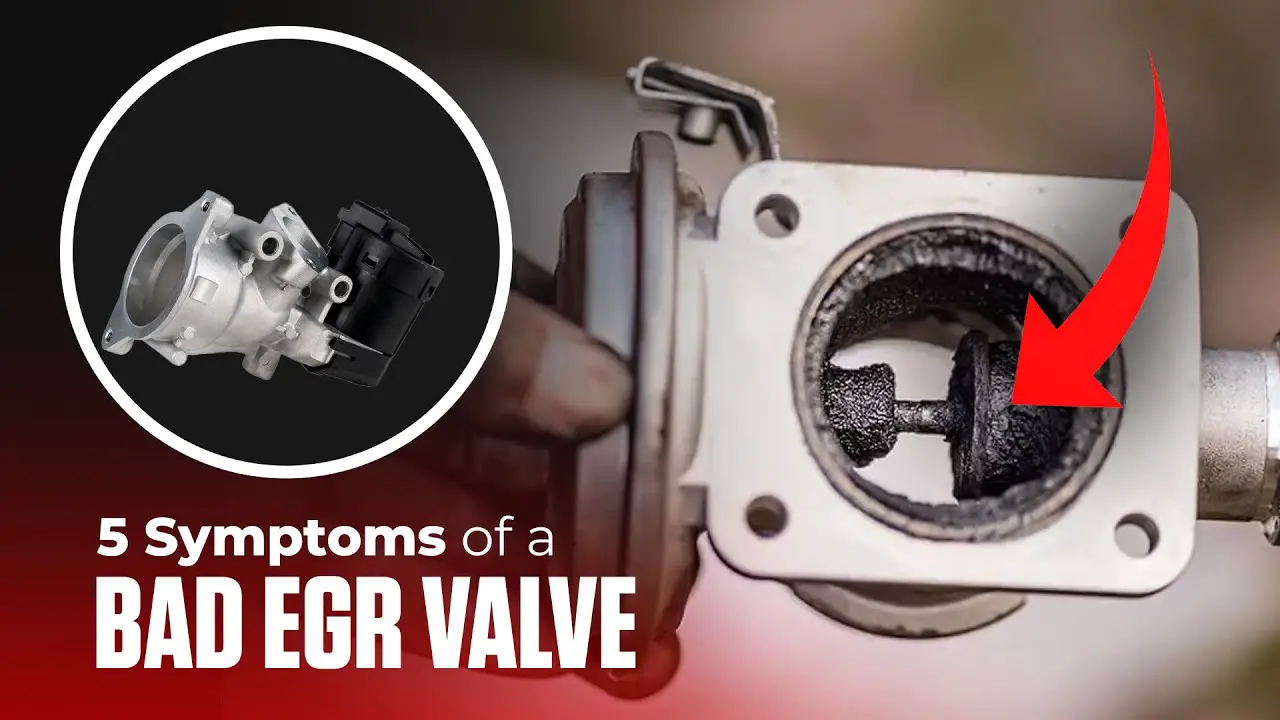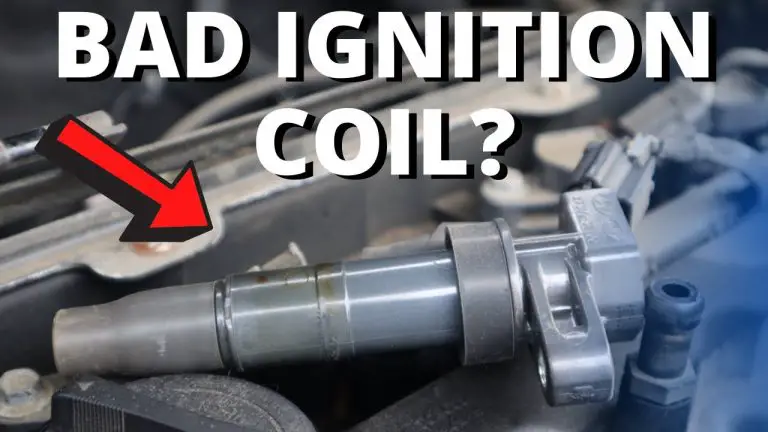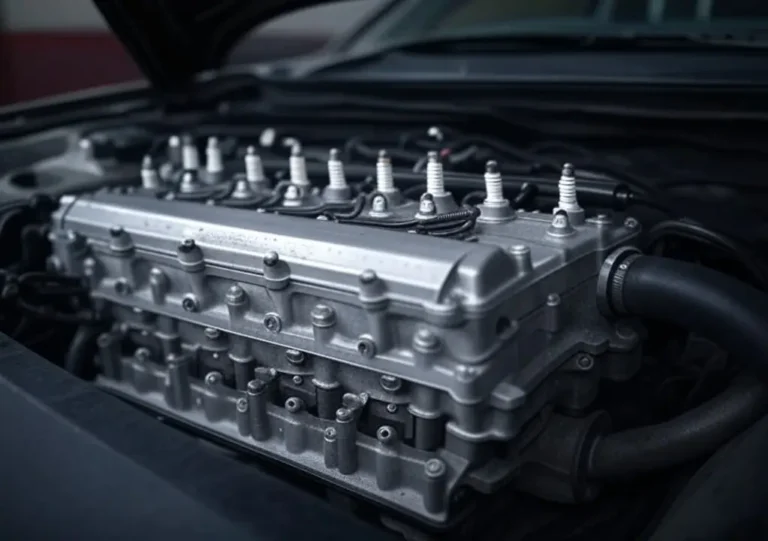Symptoms of a Bad Egr Valve
If your vehicle’s engine is not running smoothly, it could be due to a malfunctioning Exhaust Gas Recirculation (EGR) valve. The EGR valve plays a crucial role in reducing emissions and improving fuel efficiency, but when it fails, it can cause various issues with your vehicle’s performance. In this article, we will discuss the symptoms of a bad EGR valve and provide insights into how to identify and address the issue.
What is an EGR Valve and How Does It Work?
The EGR valve is an essential component of the emissions control system in a vehicle. Its primary function is to recirculate a portion of the exhaust gases back into the engine’s intake manifold, which helps reduce the formation of harmful nitrogen oxides (NOx) during combustion. By reintroducing exhaust gases into the combustion process, the EGR valve lowers the temperature in the combustion chamber, preventing the formation of excess NOx.

Credit: knowhow.napaonline.com
Common Symptoms of a Bad EGR Valve
When an EGR valve fails or malfunctions, it can lead to a variety of symptoms that can negatively impact your vehicle’s performance. Here are some common signs indicating a bad EGR valve:
1. Rough Idling
A noticeable rough idle, where the engine vibrates or shakes when the vehicle is in stationary, can be an indication of a bad EGR valve. The valve may be stuck open or closed, affecting the air-fuel mixture and causing the engine to run unevenly.
2. Poor Fuel Economy
If you notice a sudden drop in fuel efficiency and an increase in fuel consumption, it could be attributed to a faulty EGR valve. The improper flow of exhaust gases can disrupt the air-fuel ratio, leading to decreased mileage per gallon of fuel.
3. Engine Knocking Or Pinging
A malfunctioning EGR valve can cause abnormal combustion in the engine, resulting in knocking or pinging noises. This occurs when the air-fuel mixture ignites at the wrong time, causing a knocking sound from the engine compartment.
4. Check Engine Light
When the EGR valve encounters an issue, it can trigger the vehicle’s onboard diagnostic system, leading to the illumination of the check engine light on the dashboard. The system detects abnormalities in the valve’s operation and alerts the driver to seek professional attention.
5. Increased Emissions
A bad EGR valve can lead to increased emissions, as it fails to effectively recirculate the exhaust gases and regulate the combustion process. This can result in a vehicle failing an emissions test due to higher than permissible pollutant levels.
6. Stalling Or Hesitation
Another common symptom of a bad EGR valve is engine stalling or hesitation during acceleration. The valve’s improper functioning can disrupt the engine’s performance, causing momentary hesitation or even stalling when driving.
Addressing the Issue
Upon observing any of the aforementioned symptoms, it is crucial to address the issue promptly to prevent further damage to the vehicle’s engine and emissions system. Here are some steps to take when dealing with a bad EGR valve:
- Diagnostic Scan: Begin by conducting a diagnostic scan using an OBD-II scanner to retrieve error codes from the vehicle’s onboard computer system.
- Inspect the EGR Valve: Check the EGR valve for signs of carbon buildup, vacuum leaks, or mechanical malfunctions. Clean or replace the valve as necessary.
- Examine Vacuum Lines: Inspect the vacuum lines connected to the EGR valve for cracks, leaks, or blockages that could impede proper operation.
- Test EGR Position Sensor: Verify the functionality of the EGR position sensor to ensure it accurately communicates the valve’s position to the vehicle’s computer system.
- Professional Assistance: If the issue persists or if you are unsure about performing the diagnosis and repairs yourself, seek the expertise of a qualified mechanic or technician.
By addressing a bad EGR valve in a timely manner, you can restore your vehicle’s performance, improve fuel efficiency, and reduce harmful emissions. Additionally, regular maintenance and inspection of the EGR system can help prevent issues and ensure optimal engine operation.
Remember that ignoring the symptoms of a malfunctioning EGR valve can lead to more severe engine problems and increased emissions. Stay proactive in maintaining your vehicle’s emissions control system to promote a cleaner, more efficient driving experience.
With a better understanding of the symptoms of a bad EGR valve and the necessary steps to address the issue, you can effectively maintain your vehicle’s performance and minimize its environmental impact.
Thank you for reading. Drive safely!
Frequently Asked Questions Of Symptoms Of A Bad Egr Valve
What Are The Common Symptoms Of A Bad Egr Valve?
The common symptoms of a bad EGR valve include rough idling, engine hesitation, and increased fuel consumption.
How Does A Bad Egr Valve Affect Engine Performance?
A bad EGR valve can cause engine misfires, loss of power, and increased emissions.
Can A Bad Egr Valve Cause Stalling Or Rough Idling?
Yes, a bad EGR valve can lead to stalling, rough idling, and poor overall engine performance.
What Causes An Egr Valve To Go Bad?
Excessive carbon buildup, clogging, and wear can lead to the malfunctioning of the EGR valve.




